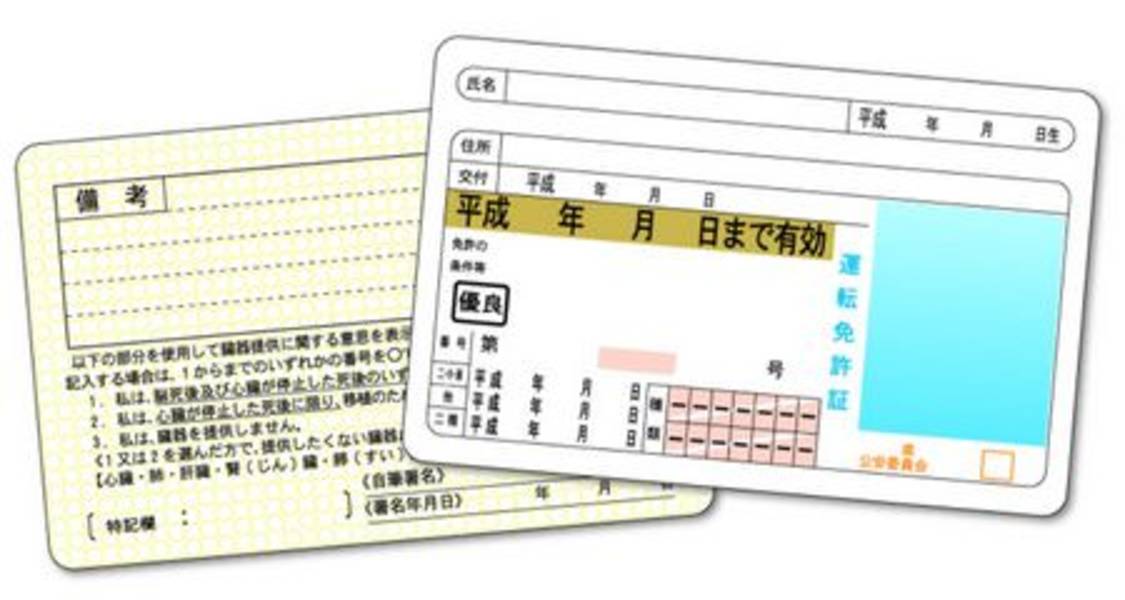Converting Your Foreign License to a Japanese License
Wednesday, July 31, 2019
A complete guide to converting your foreign driver's license to a Japanese license

[Edited 22.09.2022]
Converting your foreign license to a Japanese one is a fairly accessible method to get yourself behind the wheel of a vehicle. It takes far less expense and time than going through a driving school and getting one from scratch.
The foreign license conversion, gaikoku menkyosho kirikae (外国免許証切り替え)/gaimen kirikae (外免切替) process has some slight variations depending on the prefecture in which it's being done and some not so slight variations depending on the home country of the license holder. The average time and cost also span a bit of a range, give yourself between 3 weeks to 2 months and ¥10,000 to ¥20,000 for the entire process. Variations notwithstanding there are some things that apply to everyone:
- Your license must be valid (not expired)
- You must be able to prove that you stayed in the country where your license was issued for at least three months after obtaining the license
- You must procure a Japanese translation of your license.
Step 1: JAF
The issuing body for the license translation is the Japanese Automobile Federation. Make your way to the nearest JAF office with an application form from their website, your foreign license, a copy of your residence card and ¥4,000. It's safe to assume that the translation will take at least a week, but one can expect to receive it anywhere from the day of application to three weeks later (a wide range as I mentioned). JAF also sells Rules of the Road booklets if you need to brush up on Japanese road rules.
Step 2: Documents
The next step takes you to the licensing examination center, untenmenkyo shikenjou (運転免許試験場). At some centers it’s necessary to phone in and make an appointment but in many cases walking in and following the signs or by saying “gaimen kirikae onegaishimasu” (外免切替お願いします)to the staff seems to be enough. You will need to take quite a few documents with you, I suggest bringing copies of everything as well:
- License translation
- Foreign license (if your license has been renewed and does not show the original issuance date you need to provide a driving record or the old license)
- Passport (including expired passports to prove that you stayed in the country where your license was issued for the required three month minimum after obtaining it)
- Residence Card
- An original resident's certificate juuminhyou (住民票)
- A photograph for the application form (3cm x 2.4cm)
- Previous Japanese Licenses (if applicable)
The order of events and number of visits necessary have some slight variations but generally at the center your documents are inspected, you take an eye test, a written test and a closed course driving test.
License holders from the following countries are exempt from the written test and the driving test:
- Austria
- Australia
- Belgium
- Canada
- Czech Republic
- Denmark
- Finland
- France
- Germany
- Greece
- Hungary
- Iceland
- Ireland
- Italy
- Luxembourg
- Monaco
- Netherlands
- New Zealand
- Norway
- Portugal
- Slovenia
- South Korea
- Spain
- Sweden
- Switzerland
- Taiwan
- United Kingdom
- United States (Hawaii/Washington/Maryland)
Step 3: Tests (Written, Eye, Driving)
In my case, I did my written and eye exams the day I brought in my documents and then I chose a day and time slot for my driving test.
The driving test is notoriously strict and is more a display of adherence to road rules than a display of driving skills.
Be aware of expectations for safety checks before getting into the vehicle, exaggerated sight checks while driving, tight turns, stopping and accelerating timing, and indicating. The route you take is predetermined and you’re given a map to study beforehand, in many cases you also have the opportunity to walk the course before the driving sessions begin. (Sidenote: the test for an automatic transmission car and a manual car is different) If you fail the test, as is fairly common, you will be allowed to schedule another day and time slot to take it again. If you pass, you’ll have your license issued after a bit more waiting and paperwork.
Overall the process may seem daunting but even paying to retake the driving test it’s significantly cheaper than going to a driving school and in practice, it’s mostly a lot of sitting and waiting. Be sure to bring some snacks and a good book with you to the licensing center.
Bonus: How to read a Japanese Drivers License

----------------------------------------------
About the Author

Based in Kansai where I spend my days complaining about the weather regardless of season. Otherwise, I'm enjoying the wild ride that is living in Japan until it bucks me or until another steed calls.








